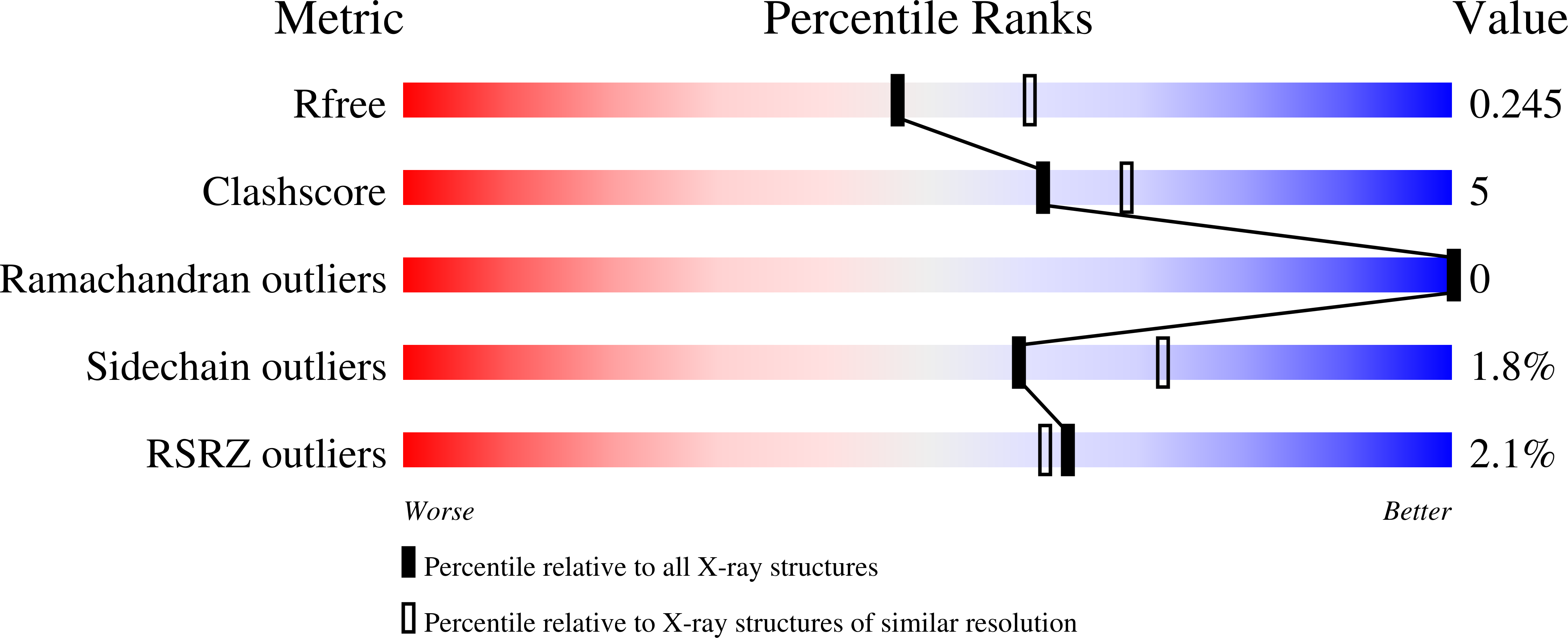
Deposition Date
2020-01-14
Release Date
2021-07-28
Last Version Date
2024-01-24
Entry Detail
PDB ID:
6TXM
Keywords:
Title:
Crystal structure of thermotoga maritima E65R Ferritin
Biological Source:
Source Organism:
Host Organism:
Method Details:
Experimental Method:
Resolution:
2.20 Å
R-Value Free:
0.24
R-Value Work:
0.20
R-Value Observed:
0.20
Space Group:
H 3 2


